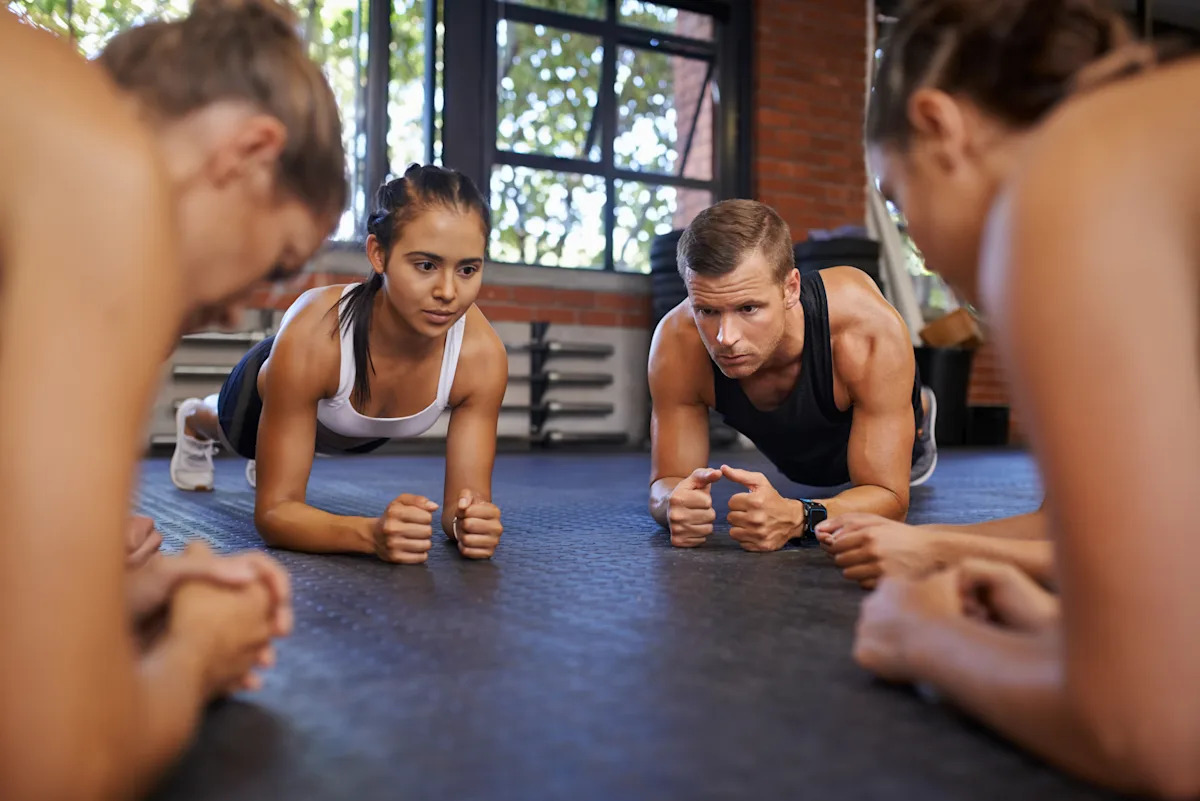Want to add years to your life? Forget costly biohacks—the real key is exercise. A growing body of research shows that regular movement protects your heart, muscles, and brain, helping you stay independent well into old age.
Why Exercise Is the ‘Holy Grail’ of Longevity
“Exercise isn’t just about looking good in the mirror—it’s about keeping your mitochondria firing, your inflammation down, and your heart beating strong for decades to come,” says Dr. Alka Patel, longevity physician and founder of the Million Hour Club, speaking to GQ.
The World Health Organization reports that nearly one in three adults worldwide are inactive—a number projected to rise to 35 percent by 2030. That’s a serious issue, says Dr. Kai Koch of Marylebone Health. “Physical activity is now widely accepted as the ‘holy grail’ lifestyle factor that gives the greatest bang for its buck in terms of improving health outcomes,” he told GQ.
A study in the British Journal of Sports Medicine found that 150–300 minutes of moderate exercise—or 75–150 minutes of vigorous activity—each week delivers the greatest mortality reduction. Another study linked consistent exercise to longer telomeres, the protective DNA caps that shorten as we age.
A Longevity Workout You Can Do Anywhere
To build strength that protects your joints, bones, and brain health for years to come, try this five-move routine. Do three rounds, resting 60 seconds between exercises.
Squat. Stand with feet shoulder-width apart, sit your hips back like you’re lowering into a chair, then drive through your heels to stand tall.
Lunge. Step one foot forward, drop your back knee toward the ground, then push through your front heel to return to standing—alternate legs each rep.
Push-Up. Place your hands just outside shoulder-width, lower your chest until it nearly touches the floor, then press back up while keeping your core tight.
Pull (Row or Hang). Use a bar, TRX, or sturdy surface—pull your chest toward it by driving your elbows back, or simply hang to build grip strength and shoulder health.
Plank. Set up on forearms with elbows under shoulders, keep your body in a straight line from head to heels, and hold while bracing your core.
Finish with 10 minutes of stretching to improve flexibility and balance, which reduces injury risk and keeps you moving longer.
For cardio, try 30 seconds of all-out effort followed by 90 seconds of recovery, repeated eight times. Do this two to three times weekly. Research from 2021 shows that high-intensity interval training (HIIT) can improve heart health, endurance, and blood sugar control in less time than traditional workouts.
Recovery and Daily Habits That Keep You Young
Trainer Rhodri Whittaker of Absolute Body Solutions reminded GQ that sleep still beats any trendy gadget. “It’s the most important recovery tool by a country mile,” he says.
Bottom line: Consistent movement, proper recovery, and daily activity—not shortcuts—are the real longevity secret.
This story was originally reported by Men’s Fitness on Sep 30, 2025, where it first appeared in the News section. Add Men’s Fitness as a Preferred Source by clicking here.

